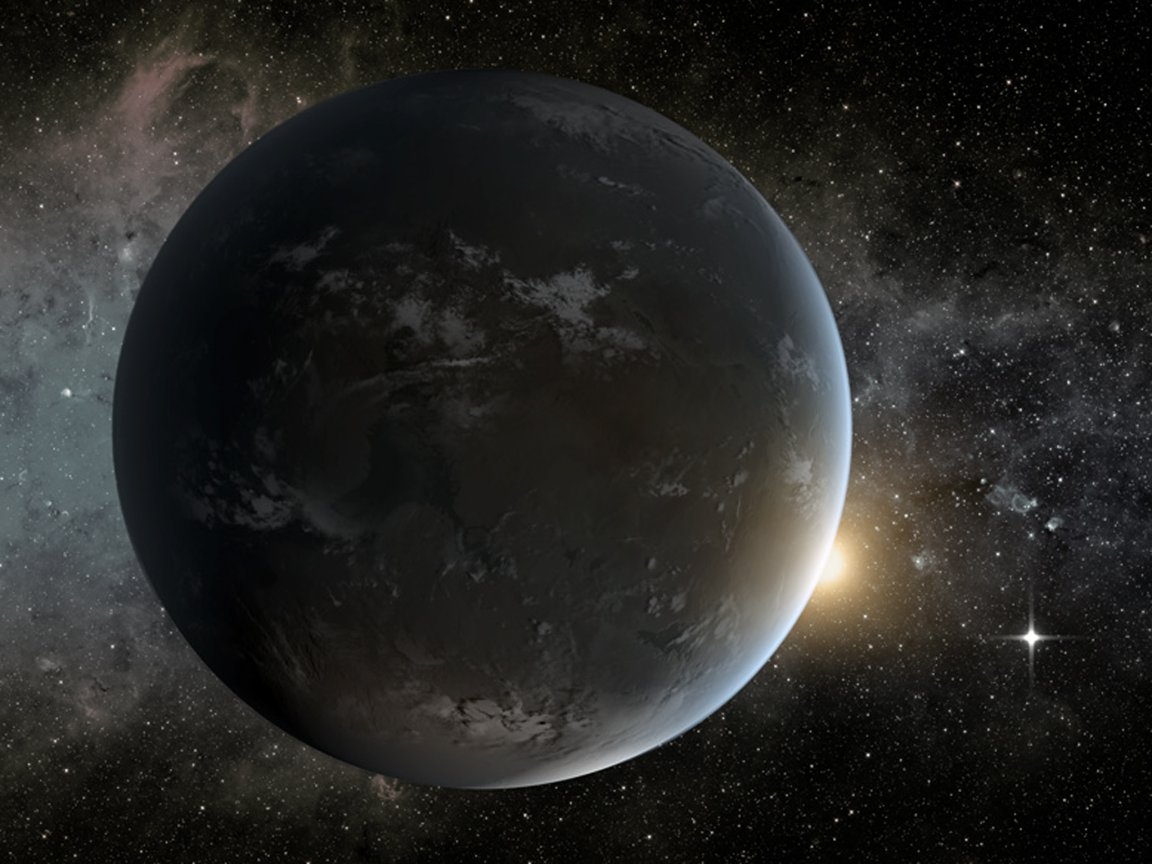
Plan(et) Nine from Outer Space
Planet Nine, the massive icy world that may be lurking in the farthest reaches of our Solar System, might have a friend. After performing new calculations on the data that originally gave rise to the Planet Nine hypothesis, astronomers believe multiple planets could be hiding at the edge of our Solar System.
Yes, that’s right. Astronomers say there could be at least two more planets in our Solar System

Researchers from the California Institute of Technology (Caltech) originally found evidence for Planet Nine based on the unusual movement of six large objects floating in the Kuiper belt, suggesting that their orbits are shaped by a hidden planet. Now, a new team of astronomers suggests that these Kuiper belt objects (KBOs) might not be as stable as had been previously thought.
“With the orbit indicated by the Caltech astronomers for Planet Nine, our calculations show that the six ETNOs [extreme trans-Neptunian objects, which are often dwarf planets], which they consider to be the Rosetta Stone in the solution to this mystery, would move in lengthy, unstable orbits,” says one of the team, Carlos de la Fuente Marcos, an independent Spanish astronomer.
In other words, the gravitational effect that Planet Nine itself would have on these ETNOs could help make them too unstable to be moving the way the Caltech scientists thought. According to de la Fuente Marcos, it’s possible that the stability of these objects might instead be due to the gravitational pull of a number of undiscovered planets.
“That is to say we believe that in addition to a Planet Nine, there could also be a Planet Ten and even more,” said de la Fuente Marcos.
NASA Weighs In
So, should we start rewriting the science textbooks? Not everyone is convinced. Mike Brown, a member of the Caltech team, is critical of the new findings.
“I think it’s way too early to start speculating about a second planet, but, in general, I am confused by their results,” he told Abigail Beall at the Daily Mail. “We have a nearly identical analysis which shows nearly the opposite result.”
Jim Green, director of NASA’s Planetary Science Division, also weighed in on the possibility of a Planet Nine (and beyond), clarifying that the results are interesting and inspiring, but that this evidence does not equate to a discovery:
“The possibility of a new planet is certainly an exciting one for me as a planetary scientist and for all of us. This is not, however, the detection or discovery of a new planet. It’s too early to say with certainty there’s a so-called Planet X. What we’re seeing is an early prediction based on modelling from limited observations. It’s the start of a process that could lead to an exciting result.”